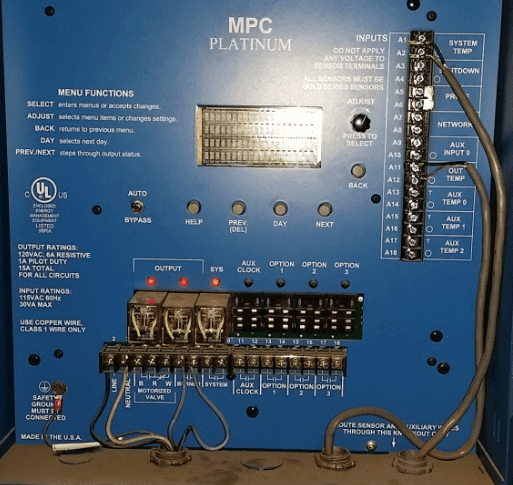HVAC Trends for 2021 – Connected Light Commercial HVAC Systems
The
HVAC industry is constantly working to develop new HVAC technologies that give
commercial property owners more energy-efficient options while meeting their
very specific temperature needs. As a commercial building owner, you have a
vested interest in the latest HVAC trends. Within this article, we’ll discuss
connected light HVAC systems, what benefits they offer, and why they’re a great
choice for commercial properties.
What is a connected light HVAC system?
Lighting
systems make up a big percentage of commercial building’s energy consumption.
Although you may not think there is a connection between a building’s HVAC
system and lighting system, connecting the two can deliver significant benefits
both in terms of cost and energy efficiency. A connected light HVAC system
links these two systems together to create a single operating unit, allowing
the building owner to identify potential areas for cost savings, gather
important energy usage data, and maintain a comfortable environment for the
occupants.
What are the benefits of using a connected light commercial HVAC
system?
- Better energy efficiency. A modern and fully-integrated HVAC system allows you to control each area of your building separately, meaning you don’t need to blast the heating or the air conditioning in areas of your building with no staff. Same goes for your lighting system – you don’t need the lights on in areas of the building where there aren’t any people. When these systems are integrated and work as a single unit, your overall energy efficiency increases.
- A more comfortable environment for staff. This should be one of your top priorities when choosing an HVAC system for your building. Older HVAC systems often break down, they cause buildings to get too hot or too cold, don’t have proper ventilation systems, and can’t successfully control humidity levels. Connected light HVAC systems give you precise control over every square foot of your building, ensuring optimal temperatures for staff and for valuable equipment.
- Improved
aesthetics. HVAC
systems are traditionally thought of as a necessity, and not something
that is visually or aesthetically pleasing. Modern HVAC systems offer a
sleeker, smoother, less cluttered look, and many building owners work with
architects to develop HVAC designs that seamlessly fit into their spaces.
The days of clunky, unappealing HVAC systems are behind us and connected
light HVAC systems give you full control of your building’s lighting,
heating, and cooling without sacrificing aesthetics.
Upgrade your commercial HVAC systems
As
mentioned above, commercial buildings often have very precise temperature and
lighting needs, both for the safety and comfort of staff members, and to keep
valuable equipment safe and working properly. At the same time, the lighting
systems in commercial buildings often make up a big percentage of monthly
energy consumption, meaning you may be spending unnecessary money and wasting the energy with your current lighting, heating, and cooling systems.
If
you’re ready to upgrade your commercial HVAC system and understand more about
how a connected light HVAC system can benefit you, we recommend contacting a
trusted HVAC
contractor who can create a customized system for you. Because
each building has unique needs, there is no one-size-fits-all commercial
system.
For more information about
connected light commercial HVAC systems, or if you have any questions about
other types of commercial HVAC systems, please contact
Tri-Tech Energy today. Discover why so many people in New
Jersey chooses us as their trusted commercial HVAC contractor. We look forward
to hearing from you.
Original content is posted on https://www.tritechenergy.com/blog/hvac-trends-for-2021-connected-light-commercial-hvac-systems/


Comments
Post a Comment